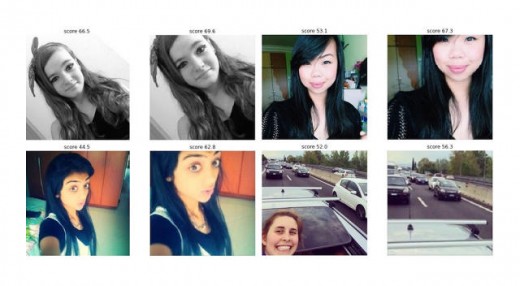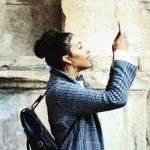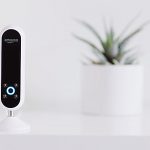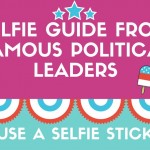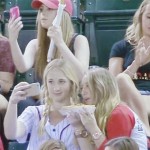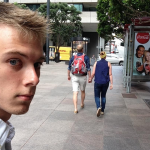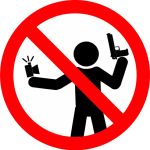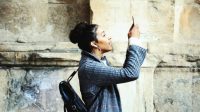how to Take an ideal Selfie (according to A Neural community)
the use of 2 million self-photographs culled from the online, Andrej Karpathy trained a neural network to classify the nice from the unhealthy and ugly.
October 29, 2015
Crop out your brow, apply the rule of thirds, practice a filter, oh, and be a lady. These are the winning traits of a “just right” selfie in keeping with Andrej Karpathy, a Stanford laptop science graduate student who educated a Convolutional Neural community to be an ace photograph arbiter.
Karpathy used a network that’s in a position to processing 140 million different parameters and enter millions of photographs to reach at his conclusion.
The test started by way of operating a script to gather net photography tagged with #selfie. Karpathy then narrowed that preliminary 5-million-image pattern into 2 million pictures that contained as a minimum one face. To determine which ones had been deemed good versus bad, Karpathy ranked the choice of positive responses—i.e., likes—in response to their target audience size—i.e. collection of followers. Working with a pattern of a hundred pictures, he labeled 50 as certain selfies (those that proportionally got probably the most likes) and 50 as negative selfies (the ones that obtained the bottom number of likes proportionally).
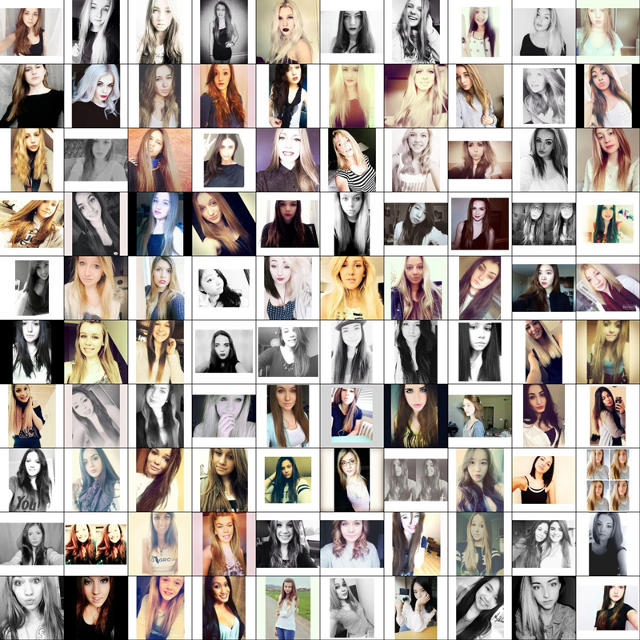
Karpathy looked at what the ConvNet deemed had been the highest 100 of fifty,000 selfies and noticed quite a few similarities.
1. all of the prime 100 selfies have been of ladies. No boys allowed, it appears.
2. the majority of these images adopted the classic rule of thirds with the face occupying the highest 1/three of every image.
3. the themes typically cropped out their foreheads within the image.
four. most of the topics have long hair.
5. many of the photography are overexposed.
6. Filters—be they color or black-and-white—had been incessantly utilized.
7. there is often a border around the picture.
Karpathy mentioned that the highest one hundred images of adult males did not hew to all of those parameters and seen that the composition of a good selfie incorporated the entire head and shoulders. moreover, that they had “a flowery hair type with fairly longer hair combed upwards.” the principles for lighting fixtures nonetheless applied.
with regards to bad selfies, Karpathy stated that the worst selfies had the next characteristics:
1. Dim lighting.
2. a gaggle shot.
3. A head that occupies most of the body.
As an scan, he additionally had the ConvNet work out the most desirable crop for images, which is shown under.
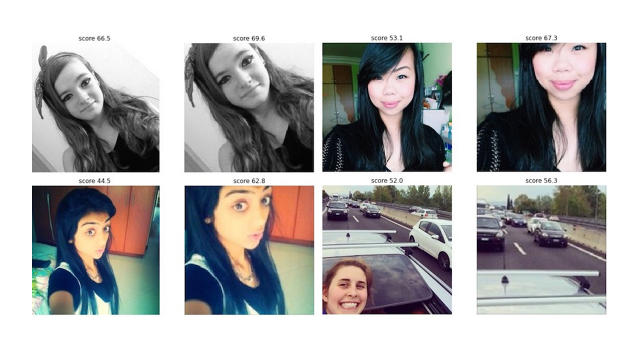
In conclusion, “a excellent section of the variety between what makes a excellent or bad selfies will also be explained with the aid of the type of the picture, versus the raw beauty of the individual,” Karpathy writes. “also, with some reduction, it sounds as if the most effective selfies do not appear to be those that convey probably the most pores and skin. I was relatively concerned for a second there that my fancy a hundred and forty-million ConvNet would grow to be a easy quantity-of-pores and skin-texture-counter.”
As one person commenting on the blog writes: “I will be the boss of Tinder with this knowledge.”
Wield these classes moderately, friends—there is no excuse for crappy selfies now.
[All photography: by the use of Andrej Karpathy]
fast company , read Full Story
(106)

